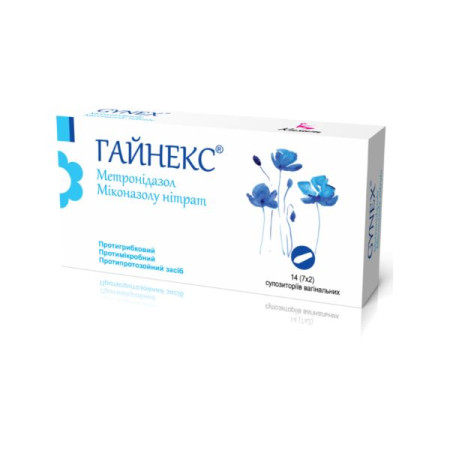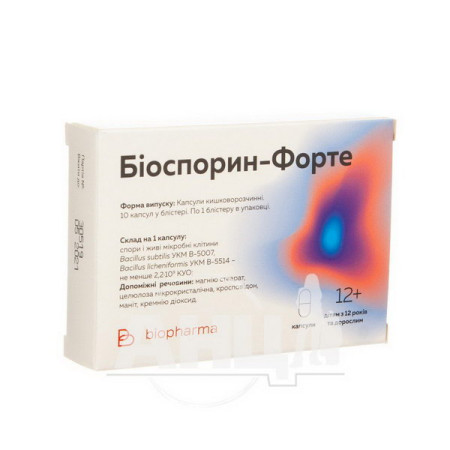Bromhexine tablets 8 mg blister No. 20

Instructions Bromhexine tablets 8 mg blister No. 20
Composition
active ingredient: bromhexine;
1 tablet contains bromhexine hydrochloride 8 mg;
excipients: lactose monohydrate, sugar, ruberosum, potato starch, calcium stearate.
Dosage form
Pills.
Main physicochemical properties: pink tablets, with a flat surface and beveled edges.
Pharmacotherapeutic group
Mucolytics. ATX code R05C B02.
Pharmacological properties
Pharmacodynamics
Bromhexine is a synthetic derivative of the active ingredient of plant origin vasicin. It has a secretolytic and secretomotor effect in the bronchial tract, as a result of which bronchial secretion increases, mucus (sputum) viscosity decreases, and the activity of the ciliated epithelium is stimulated, which promotes the movement of mucus (sputum) through the respiratory tract.
Pharmacokinetics
After oral administration, bromhexine is almost completely absorbed, with a half-life of approximately 0.4 hours. The first-pass effect is approximately 80%, with the formation of biologically active metabolites. Binding to plasma proteins is 99%. The decrease in plasma concentration is multiphasic. The half-life, which limits the duration of action, is about 1 hour. The terminal half-life is about 16 hours. This is due to the redistribution of small amounts of bromhexine from tissues. The volume of distribution is about 7 liters per 1 kg of body weight. Bromhexine does not accumulate. Bromhexine penetrates the placenta, into cerebrospinal fluid and into breast milk. It is excreted mainly by the kidneys in the form of metabolites. In acute liver diseases, a decrease in the clearance of the active substance is possible. In acute renal failure, the possibility of an increase in the half-life of bromhexine metabolites cannot be excluded. Under physiological conditions, nitrosation of bromhexine is possible in the stomach.
Indication
Secretolytic therapy for acute and chronic bronchopulmonary diseases accompanied by impaired sputum formation and movement.
Contraindication
Hypersensitivity to the components of the drug; gastric and duodenal ulcers; diseases of the respiratory system, the course of which is accompanied by the formation of a large amount of liquid sputum.
Special safety measures.
Use with caution in patients suffering from bronchial asthma. During treatment, it is necessary to take a sufficient amount of fluid, which increases the expectorant effect of bromhexine. If there are indications of gastric bleeding in the anamnesis, Bromhexine should be used under the supervision of a physician.
In case of impaired kidney function and severe liver diseases, the drug should be used with great caution (extend the time intervals between taking the medication or reduce its dose).
In acute renal failure, the possibility of accumulation of bromhexine metabolites in the liver should be taken into account.
With prolonged use of the drug, it is recommended to monitor liver function from time to time.
If any skin or mucous membrane disorders appear for the first time while using bromhexine hydrochloride, the drug should be discontinued immediately (this may be the beginning of the development of such severe complications as Stevens-Johnson syndrome or Lyell's syndrome).
The drug contains sugar, which should be taken into account by patients with diabetes.
The drug contains lactose, so patients with rare hereditary diseases such as galactose intolerance, the Lapp lactase deficiency or glucose-galactose malabsorption should not take this drug.
Interaction with other medicinal products and other types of interactions
Bromhexine can be prescribed in combination with bronchodilators, antibacterial drugs, and agents used in cardiology.
Drugs that irritate the digestive tract (e.g. nonsteroidal anti-inflammatory drugs) - when used in combination with bromhexine, mutual enhancement of the effects of mucosal irritation is possible.
Antibiotics (amoxicillin, cefuroxime, erythromycin, doxycycline), sulfonamide drugs - when used in combination with bromhexine, the concentrations of antibiotics and sulfonamides in bronchopulmonary secretions and sputum increase.
Antitussives - combined use with bromhexine leads to the accumulation of mucus in the respiratory tract and difficulty in removing sputum from the bronchi, while reducing cough. This combination is not recommended.
Use during pregnancy or breastfeeding
During pregnancy, the drug should be prescribed taking into account the benefit to the mother/risk to the fetus ratio. During breastfeeding, the use of bromhexine is contraindicated because it penetrates into breast milk.
Ability to influence reaction speed when driving vehicles or other mechanisms
There are no reports that the drug may affect the ability to drive or operate other mechanisms.
Method of administration and doses
Adults and adolescents aged 14 years and over: 8-16 mg (1-2 tablets) 3 times a day, which corresponds to 24-48 mg/day of bromhexine hydrochloride.
Children aged 6 to 14 years, as well as patients with a body weight of less than 50 kg: 8 mg (1 tablet) 3 times a day, which corresponds to 24 mg/day of bromhexine hydrochloride.
The duration of treatment should be determined individually, according to the indications and dynamics of the disease, but it should not exceed 4-5 days without the appropriate recommendation of a doctor.
In the presence of impaired renal function or severe liver disease, the dose of the drug should be reduced accordingly.
Children
Do not use the drug in this dosage form in children under 6 years of age.
Overdose
Symptoms: dyspeptic disorders, nausea, vomiting, diarrhea. Dizziness, headache, ataxia, diplopia, metabolic acidosis, rapid breathing.
No symptoms were observed in young children when up to 40 mg of bromhexine was administered, even without decontamination. No chronic toxic effects on humans were found.
Treatment. Induce vomiting, perform gastric lavage (in the first 1-2 hours after ingestion). In case of significant overdose, the cardiovascular system should be monitored and, if necessary, symptomatic therapy should be prescribed. Due to the high degree of binding to plasma proteins, the large volume of distribution and the slow reverse distribution of bromhexine from tissues to the blood, no acceleration of drug excretion should be expected during hemodialysis or forced diuresis.
Adverse reactions
On the part of the digestive system: stomach pain, dyspeptic disorders, nausea, vomiting, diarrhea, exacerbation of gastric and duodenal ulcers, transient increase in the activity of aminotransferases in the blood serum.
Central nervous system: headache (migraine type), dizziness, fever.
Skin: increased sweating.
From the respiratory system: increased cough, bronchospasm, respiratory disorders.
Immune system disorders: urticaria, skin rash, pruritus, angioedema, anaphylactic reactions, including anaphylactic shock, Stevens-Johnson syndrome and Lyell's syndrome.
Expiration date
3 years.
Storage conditions
Store in the original packaging at a temperature not exceeding 25 °C.
Keep out of reach of children.
Packaging
20 tablets in a blister.
Vacation category
Without a prescription.
Producer
PJSC "Monpharm".
Location of the manufacturer and its business address
Ukraine, 19100, Cherkasy region, Monastyryshche, Zavodska st., 8.
There are no reviews for this product.
There are no reviews for this product, be the first to leave your review.
No questions about this product, be the first and ask your question.







